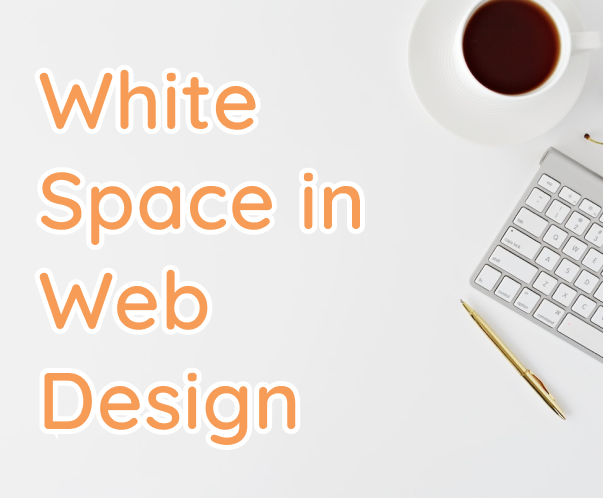In the vast landscape of web design, where visual elements and content vie for attention, one often overlooked but immensely powerful design technique is the strategic use of white space. White space, also known as negative space, refers to the empty or unmarked areas in a design composition. Although it may seem counterintuitive, incorporating white space into web design can significantly enhance the user experience, improve readability, and create a harmonious visual balance. In this article, we will explore the benefits of using white space, discuss its various applications in different design contexts, and provide practical tips on leveraging white space to elevate your web designs.
Understanding the Benefits:
- Improved Readability and Focus: White space allows content to breathe, making it easier for users to scan and digest information. By giving elements room to stand out, white space directs attention to key elements such as headlines, important messages, or call-to-action buttons. By reducing visual clutter, white space enhances legibility, encourages exploration, and helps users navigate a website effortlessly.
- Enhanced Visual Hierarchy: White space plays a pivotal role in establishing a clear visual hierarchy within a design. By creating a distinction between different elements, such as headlines, subheadings, body text, and images, white space enables users to comprehend the information hierarchy at a glance. It guides the eye from one element to another, ensuring a seamless flow and improving overall user engagement.
- Increased User Engagement: A cluttered and overwhelming design can deter users from exploring further or taking desired actions. White space, on the other hand, instills a sense of calm and sophistication, fostering a positive user experience. By providing a visually appealing environment, white space invites users to linger, absorb the content, and interact with the website. It can also evoke emotions and convey a sense of elegance, simplicity, and professionalism.
Applications in Web Design:
- Minimalist Design: Minimalism, a design approach centered around simplicity and clarity, relies heavily on white space. By eliminating non-essential elements and incorporating generous white space, minimalist designs exude a timeless elegance. This style is particularly effective for showcasing products or services, allowing them to take center stage and resonate with users on a deeper level.
- Responsive Design: With the proliferation of mobile devices, responsive design has become paramount. White space plays a critical role in creating fluid layouts that adapt seamlessly to different screen sizes. By employing responsive white space, designers can ensure optimal readability and usability across devices, providing a consistent user experience regardless of the screen being used.
- Visual Branding: White space can be leveraged strategically to enhance brand identity. When used consistently across a website, it creates a sense of cohesion and establishes a strong visual identity. Brands that embrace white space convey a modern, sophisticated aesthetic, often associated with professionalism, luxury, and reliability.
Practical Tips for Using White Space Effectively:
- Embrace Simplicity: Start with a clean canvas and gradually add elements, ensuring each one has sufficient breathing room.
- Balance Content and Space: Strike a balance between the content you want to showcase and the space needed to give it visual prominence.
- Use Whitespace as an Active Element: Consider white space as an integral part of your design, just like any other visual element. Use it strategically to create shapes, separate sections, or frame focal points.
- Prioritize Usability: While white space is visually appealing, it should never compromise usability. Ensure that the design remains functional and intuitive, guiding users seamlessly through the website.
- Test and Iterate: Conduct usability tests and gather feedback to fine-tune your white space usage. Iterative design processes allow you to refine your approach and optimize the user experience continually.
In conclusion white space is an indispensable tool in the web designer’s arsenal, capable of transforming a cluttered design into a visually pleasing and highly functional website. By incorporating white space strategically, designers can enhance readability, guide users’ attention, establish a clear visual hierarchy, and evoke emotions. Whether you embrace a minimalist design or adopt responsive layouts, white space empowers you to create visually compelling web experiences that captivate and engage users. Embrace the power of white space and elevate your web designs to new heights.
 If you would like to discuss Your Website’s Search Engine Optimization with Mojoe.net or your website’s analytics, custom logo designs, overall branding, graphic design, social media, website, web application, need custom programming, or custom software, please do not hesitate to call us at 864-859-9848 or you can email us at dwerne@mojoe.net.
If you would like to discuss Your Website’s Search Engine Optimization with Mojoe.net or your website’s analytics, custom logo designs, overall branding, graphic design, social media, website, web application, need custom programming, or custom software, please do not hesitate to call us at 864-859-9848 or you can email us at dwerne@mojoe.net.


Recent Comments